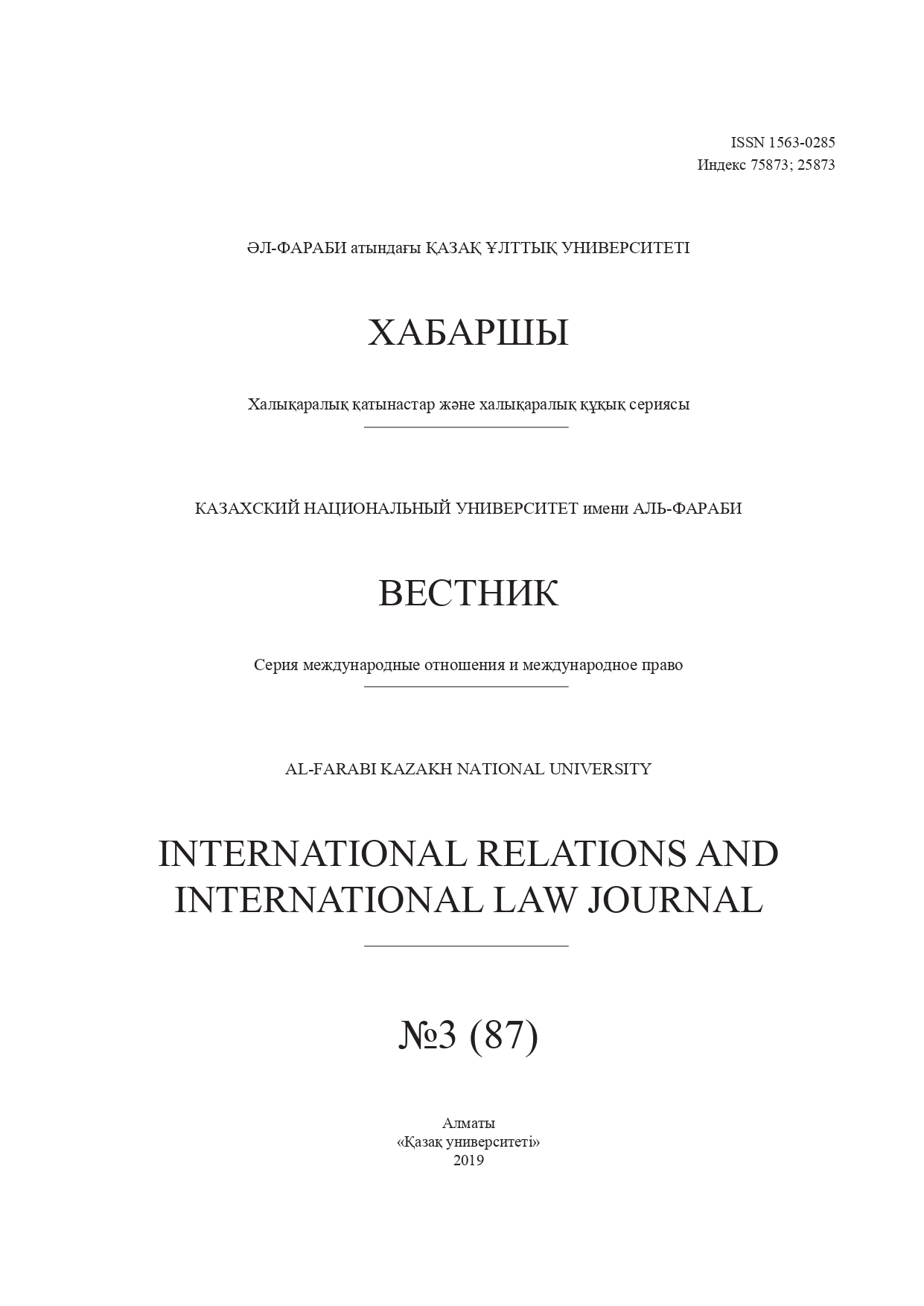«Green Energy» and environmental sustainability in the context of the Belt and Road Initiative
DOI:
https://doi.org/10.26577/IRILJ.2019.v87.i3.06Аннотация
China’s ambitious project on the new Silk Road implies the formation of a new infrastructure in various fields, including in the energy sector. The total share of investment by Chinese companies in the energy sector more than half of them are traditional sources of energy: coal, oil and gas. Statistics on investing in black energy has raised many questions about the future of Belt and Road Initiative energy projects amongst western partners and non-governmental organisations. China’s share in global carbon dioxide emissions is 30 percent, making it the largest CO2 emitter in the world. Emissions of European Union’s 28 countries, in comparison, were 9% of the world share. At the same time, China is the world’s biggest investor into the renewable energy with the contribution of 36% in hydropower, 40% in wind power and 36% in solar PV compared to the rest of the world. China is also one of the leaders in domestic spendings on research and development of applied science technologies, yielding to the US, but overtaking European Union. With all those factors, the real question today is: will the Belt and Road Initiative promote green or black energy? With the adoption by the Chinese government of the “One Belt, One Way” initiative, a new stage in the development of European-Chinese relations begins, and the energy component of these relations will play an important role not only for these two entities, but also for countries located between Europe and China.
Key words: Green Energy, “Belt and Road”, China, European Union, Renewable Energy Sources, Clean energy, Energy Security.




